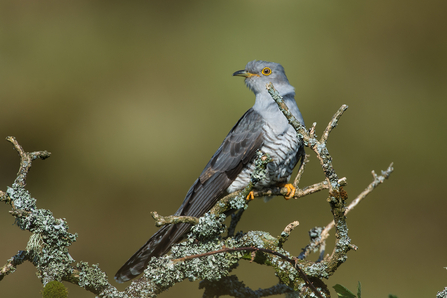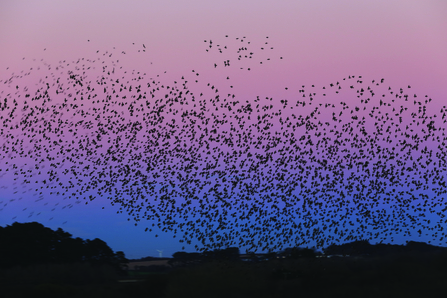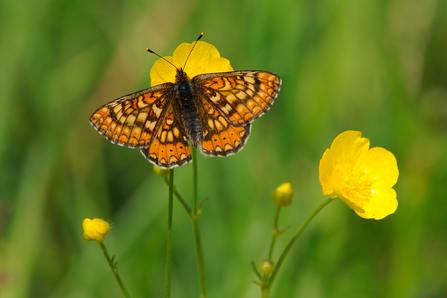The moors of Cornwall would once have been places of unimaginable complexity and chaotic beauty. Across its uplands, beaver-crafted swamps of willow and oak would have given way to areas naturally too wet for trees to grow, alive with cranes and crakes. Wild cattle, aurochs, would, in far lower densities than we associate cattle today, have browsed and grazed these landscapes alongside the wild horses ideally adapted to the harshest of our upland winters. The Cornish wind – one force of nature that has not relinquished its grip on this landscape – would have bent entire forests growing far higher than we find them today, due to historical deforestation for grazing. Boar would have rootled and created life for new plants to thrive, unwittingly digging amphibian ponds with giant snouts. It would have been a wonderful place.
Over time, all but fragments of this world have disappeared from Cornwall. And yet, it is my view that extraordinary acts of nature restoration can, and will, happen in this landscape in the years to come. I know because they are already beginning. And a few have already begun.
In the past two years, having worked as a lifelong television producer and writer, I became a little more involved in this journey myself when I decided the time had come to start driving forwards the urgent need to restore nature at scale here in the UK – on the front line. Now working as Head of Nature Restoration at Real Wild Estates, a company specialising in restoring nature at scale for landowners, NGOs and communities, I get out of bed each morning wondering whether it’s going to be a day of ordering beavers, acquiring a new landscape to return to nature, or calculating the yields a farmer could make from allowing more nature to sequester carbon on his land. It’s been a truly exciting journey.





